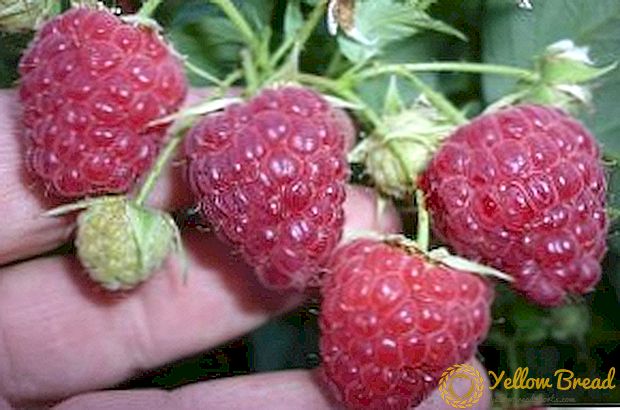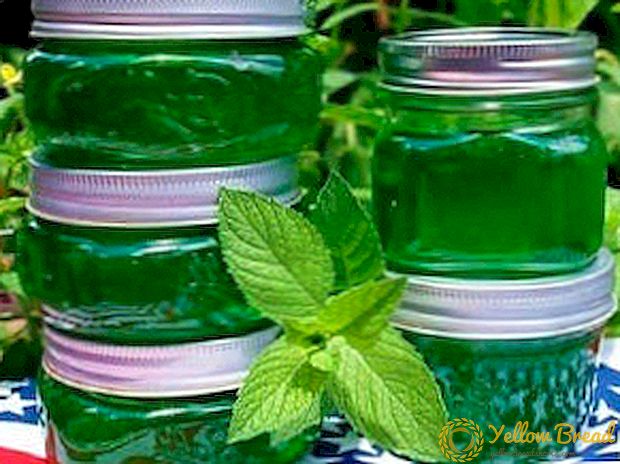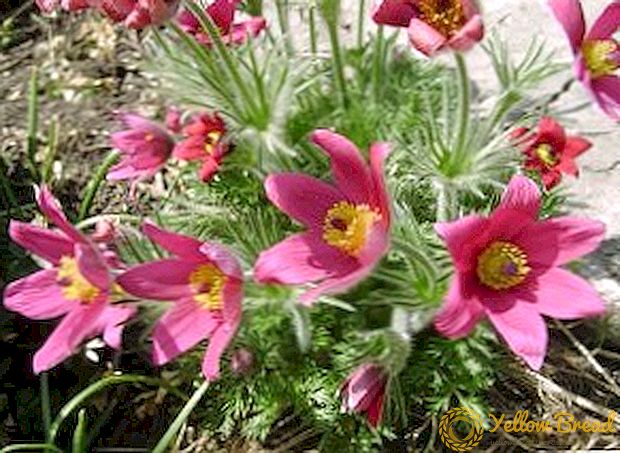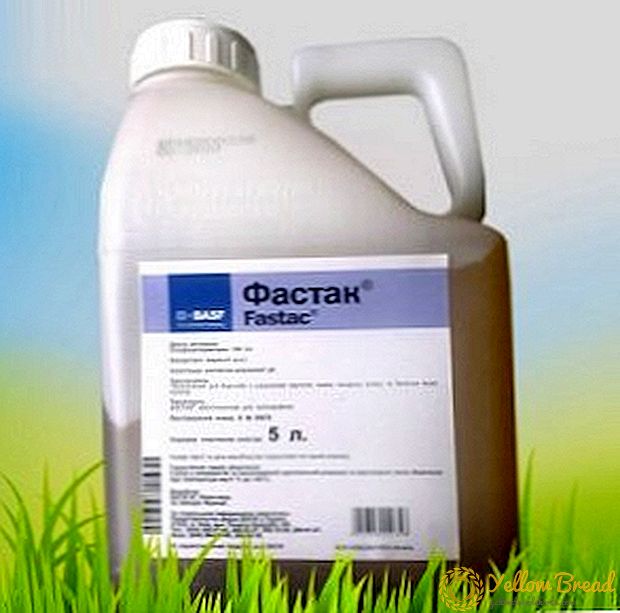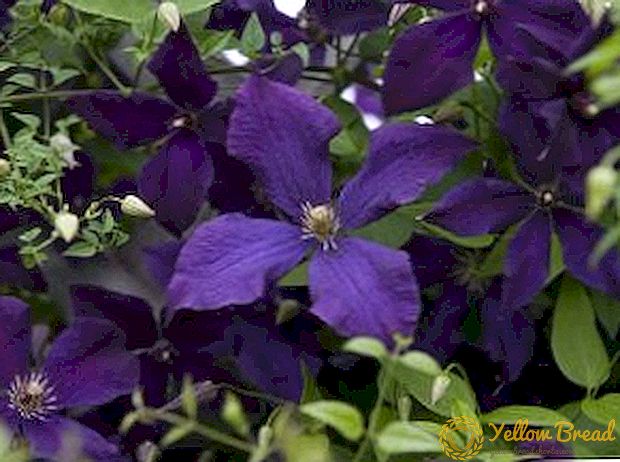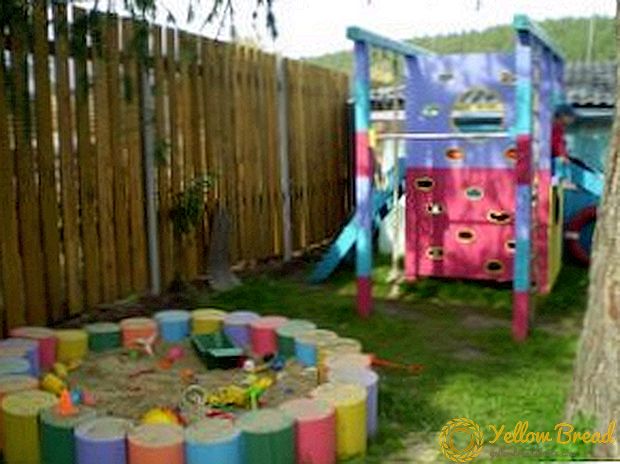
It is difficult to harvest a good potato crop if it grows on poor soil. Also, gardeners often face one problem - this is the lack of space for planting culture.
In such cases, potatoes can be grown in bags, because even under the most adverse conditions, this method will help you get out of a difficult situation. Further we will describe in detail about this unusual method: what conditions, advantages and disadvantages are needed. And also, step by step instructions and tips.
What it is?
This is the most unusual way to grow potatoes. In our country, he appeared relatively recently, but in Europe they already knew about him long ago. Abroad, owners of small plots prefer this method. Growing potatoes in this way gives you the opportunity to get you new potatoes near your summer home.
Productivity
If you want to get a good harvest, you need to create favorable conditions for potatoes. They should be as close to natural as possible. But still, you should know that when growing potatoes in sacks, the fruits will be more modest than if it were on the plantation.
Pros and cons of this method
Pros:
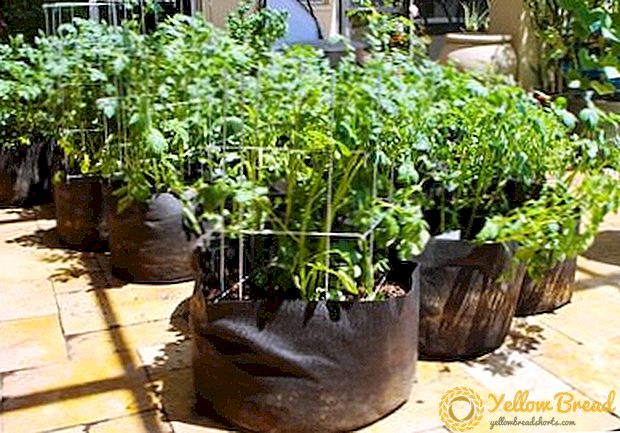 It is very convenient to grow in bags, as the plantation will take up little space and your physical costs will decrease significantly.
It is very convenient to grow in bags, as the plantation will take up little space and your physical costs will decrease significantly.- No need to dig, weed, spud.
- If you buy good soil and disinfect it, parasites and diseases will not overcome the potato.
Minuses:
- This method is quite expensive, since you have to buy a lot of things (bags, soil, fertilizers).
- Another disadvantage is frequent watering.
- Constant feeding is needed.
- Sometimes in the bags ants can be got.
- Moisture and sunlight destroy the packaging.
The necessary conditions
Useful tips:
- Conditions should be close to natural.
- The area where the sacks of potatoes are located should be well clarified.
- Do not put bags under the roof drains.
- Make free access to the garden.
- Take care that the bags are stable on the ground.
Must have:
- How to choose a bag, how many? Bags must be strong and roomy. Tissue and paper do not fit - they quickly soak and rot. It is best to take polypropylene woven, breathable. Some growers even sew special valve bags. Such a valve is made below, to collect early harvest.It is convenient because it can be opened, get the largest tubers and back to close.On a note. The number of bags depends on how much you are going to harvest and on the free area in which they will be placed.
- Instruments. You will need a shovel to put the soil to sleep and drain into the bag. Watering is well suited for watering. Still need a bucket in which fertilizers will be mixed.
- Land, fertilizer. Assuming that the area for planting is small, and the potatoes need to eat well, the land should be fertile. In urban areas, it is easiest to buy ready-made soil. If, however, in the summer cottage to grow, you can collect the land on the plantation and mix it with compost, in a ratio of 1: 1. It would be nice to add a handful of wood ash.
Fertilizer is better to use natural. For example:
- "Green manure:
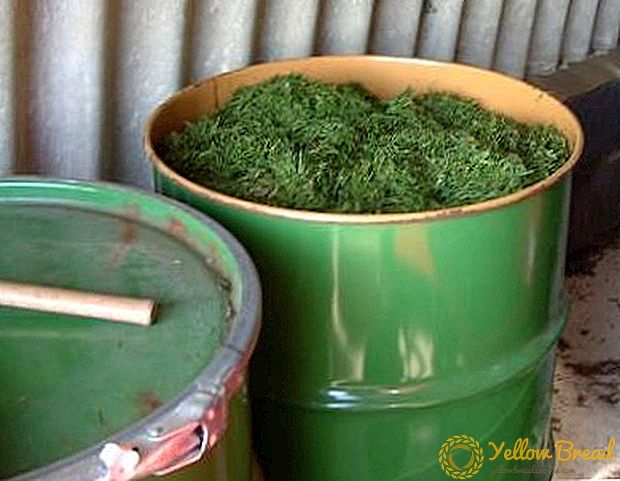 Need to type in a bucket or other container of juicy grass. Suitable dandelion, tops, nettle, celandine.
Need to type in a bucket or other container of juicy grass. Suitable dandelion, tops, nettle, celandine.- All this is flooded with water and left for 10-12 days, sometimes stirring.
- The solution will be ready when a foul brown mass is formed.
- 10 liter watering can take 2 liters of solution, topped up with water and water the potatoes.
- Ash top dressing. But it can not be strewed with organic fertilizers. It will be enough to half a cup of ash on the bag.
- Moderate fertilization with potassium. Positively affect the quality and quantity of the crop.
It is necessary to fertilize the earth only after watering.
How to grow potatoes in this way: technology step by step
- It is worth starting a planting with the creation of a drainage layer, its thickness is not less than 15 cm. Gravel or large crushed stone will work well.
- Soil temperature should not exceed +6 degrees.
- On top of the drainage poured a layer of soil with a thickness of 30-45 cm at the same time, slightly tamping it. On the ground place a few tubers. Then again covered with soil, the thickness of the layer is not more than 20 cm.Important! Ensure that the primer is not over-wetted.
- After 9-13 days sprouts will seem, which will rise by 10-15 cm above the soil. Then they fall asleep on the leaves, until the height of the earth in the bag reaches 60 cm.
- After that, put the bags in a sunny place so that the sunrises were quick and the bags warmed up well. You can place them along the walls of the house or around the perimeter of the site where you will not plant anything.
- So that the bags do not fall down and do not fall, support them or prikopite.
- Always remember to water, because moisture should be enough to fully feed the tubers.
Necessary care
- Carefully monitor the condition of the soil. It should be wet to the very bottom of the bag, but not damp. Water heated in the sun water.
- When sprouts appear, let them grow 15-20 cm, feed them and fill them in half with their height with loose and fertile soil.
- After two weeks, again you need to pour fresh soil.
- When bud buds appear, feed and fill with soil one last time. The maximum earth filling should not exceed 60 cm by this time.
- The third dressing is the last one, made during flowering.
Comparison with planting barrels and crates
 Potatoes are planted in barrels in diameter, and in boxes in a staggered manner. For potatoes planted in barrels, oxygen is needed in sufficient quantities, but often it is not enough because of the small holes. You should also understand that the hole in the barrel is much harder to make than in the bag. In addition, in the barrel you need to knock out the bottom. Therefore, it is easier and more convenient to grow potatoes in bags. The only advantage of barrels is their stability, unlike bags.
Potatoes are planted in barrels in diameter, and in boxes in a staggered manner. For potatoes planted in barrels, oxygen is needed in sufficient quantities, but often it is not enough because of the small holes. You should also understand that the hole in the barrel is much harder to make than in the bag. In addition, in the barrel you need to knock out the bottom. Therefore, it is easier and more convenient to grow potatoes in bags. The only advantage of barrels is their stability, unlike bags.
As for the boxes, then they are more convenient to grow than in barrels. They are resistant and easier to move.The sun's rays evenly pass into the soil, but this is also a minus, since the moisture will quickly go away.

 It is very convenient to grow in bags, as the plantation will take up little space and your physical costs will decrease significantly.
It is very convenient to grow in bags, as the plantation will take up little space and your physical costs will decrease significantly. Need to type in a bucket or other container of juicy grass. Suitable dandelion, tops, nettle, celandine.
Need to type in a bucket or other container of juicy grass. Suitable dandelion, tops, nettle, celandine.